Problem: Micro plastic
12
About :
English
The video shows a pair of great tits gathering building material for their nest. In the process, they have discovered the broken seat support of my wife's rocking chair. They have been flying busily back and forth for some time, picking up the inner lining of the seat cushion. At first glance, this is a nice scene to enjoy. -Right?
But the film also shows a problem that we beekeepers must deal with more and more lately.
- mico-plastic in honey
- mico-plastic in beewax
Huh - how does he come up with that? Ok maybe it is not immediately obvious to everyone but the filling material that the titmice collect is a plastic fibre mixture. As a result of plastic being carried into the wild, it breaks down over time into smaller and smaller pieces that can only be seen with a microscope. The water cycle then distributes these particles globally and they reach the plants through the rain. There, the particles are carried by the bees when they collect nectar and finally reach our dinner table via honey. What long-term effects this has on humans and animals is still being researched.
Well, you could say - then filter it out. You can do that, but the filters remove not only the micro-plastic, but also all pollen and with it many other important components that make honey so unique and healthy. All that remains is a sugar solution.
And it is not only us beekeepers who are complaining, but the entire food industry. Meanwhile, the mico-plastic is not only in honey, but also in fish, meat, cheese, milk, vegetables, fruit, etc. - There is no escape.
What to do? Do without plastic completely. That is not possible, unless we want to return to a pre-industrial society, which is not an option from my point of view, because I also enjoy the benefits of a modern lifestyle.
For my part, I follow a few rules, such as.
- Before you buy something new, think carefully about whether you already have it or really need it.
- don't buy things that are made of plastic if they are available in another equivalent material, e.g. My gardening tools are almost 100% made of steel and wood, Even the wood protection of my new raised bed is made of a coconut mat not a plastic sheet as it used to be. No shower gel with plastic Mico scrub, many products from the cosmetics industry ...
- dispose of all plastic waste in such a way that it is either recycled again or incinerated in such a way that no mico plastic is created. Thus, my wife gets a new seat cover for her rocking chair😉.
- following the Boy Scout rule "Always leave a place a little cleaner or better than how you found it". I pick up all plastic waste in nature, even if it is not mine, and dispose of it properly.
- educate people about the problem of mico-plastics but without lecturing or moralising.
I'm sure there are many more points and ideas. If you have any, I would appreciate feedback in the comments.
With beekeeper's greetings
BeeSmart
Deutsch
Das Video zeigt ein Kohlmeisen Pärchen, dass sich gerade Baumaterial für ihr Nest zusammensammelt. Dabei haben sie die kaputte Sitzauflager des Schaukelstuhles meiner Frau entdeckt. Emsig fliegen sie schon einige Zeit hin und her und holen sich das Innenfutter des Sitzpolsters. Auf den ersten Blick eine schöne Scene, an der man seine Freude haben kann. -Richtig?
Aber der Film zeigt auch ein Problem, mit dem wir Imker in der letzten Zeit immer mehr zu kämpfen haben.
- Mico-Plastik im Honig
- Mico-Plastik im Bienenwachs
Hä – wie kommt er nur darauf? Ok vielleicht ist es nicht allen sofort offensichtlich aber das Füllmaterial, das die Meisen sammeln ist ein Kunststofffasergemisch. Durch das Verschleppen von Kunststoffen sprich Plastik in die freie Natur zerfällt dieses über die Zeit in immer kleinere Teile bis auf die Größen, die nur noch mit dem Mikroskop zu erkennen sind. Der Wasserkreislauf verteilt diese Teilchen dann global und über den Regen kommen diese auf die Pflanzen. Dort werden die Partikel von den Bienen beim Nektarsammeln mitgetragen und gelangen schließlich über den Honig auf unseren Essenstisch. Welche Langzeitflogen diese für Mensch und Tier hat, ist gerade noch in der Erforschung
Na gut, könnte man sagen – dann filtriere es halt heraus. Kann man machen aber die Filter entfernen nicht nur das Micro-Plastik, sondern auch allen Pollen und mit ihm viele andere wichtige Bestandteile, die den Honig so einzigartig und Gesund machen. Zurück bleibt nur noch eine Zuckerlösung.
Und nicht nur wir Imker klagen, sondern die gesamte Lebensmittel Branche. Mittlerweile befindet sich das Mico-Plastik nicht nur im Honig, sondern auch im Fisch, Fleisch, Käse, Milch, Gemüse, Obst usw. – Es gibt kein Entrinnen.
Was tun? Komplett auf Kunststoff verzichten. Das ist nicht möglich, außer wir wollen wieder in eine Vorindustrielle Gesellschaft was aus meiner Sicht keine Option ist, denn auch ich genieße gerne die Vorzüge einer modernen Lebensweise.
Ich für meinen Teil befolge für mich ein paar Regeln, wie.
- Bevor du etwas Neues erwirbst, denke genau darüber nach, ob du es nicht schon hast oder auch wirklich brauchst.
- Verzichte auf Dinge, die aus Kunststoff sind, wenn es diese aus einem anderen gleichwertigen Material gibt, z.B. Meine Gartenwerkzeug ist fast 100% aus Stahl und Holz, Selbst der Holzschutz meines neuen Hochbeetes besteht aus einer Kokosmatte nicht mehr wie früher aus einer Kunststofffolie. Kein Duschgel mit Kunststoff Mico Peeling, viele Produkte aus der Kosmetikindustrie …
- Entsorge allen Kunststoffmüll in der Art und Weise, dass er entweder wieder recycelt wird oder so verbrannt wird, dass kein Mico-Plastik tsteht. Somit bekommt meine Frau eine neue Sitzauflage für ihren Schaukelstuhl😉
- Nach der Pfadfinderregel „Verlasse einen Platz immer etwas sauberer oder besser, als wie du ihn vorgefunden hast“. Ich sammle allen Kunststoffmüll in der Natur auf, auch wenn er nicht von mir ist und entsorge ihn Fachgerecht.
- Kläre Menschen über das Problem Mico-Plastik auf aber ohne sie zu belehren oder zu moralisieren
Es gibt bestimmt noch viele weitere Punkte und Ideen. Wenn ihr welche habt, würde ich mich über Feedback in den Kommentaren freuen.
Mit imkerlichen Grüßen
BeeSmart
Tags :
Their limit for today is $0!


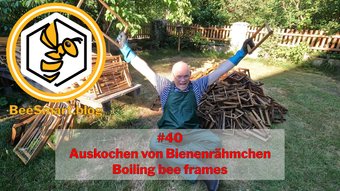
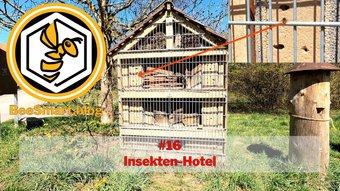


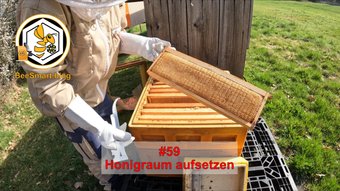
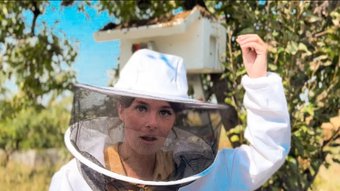
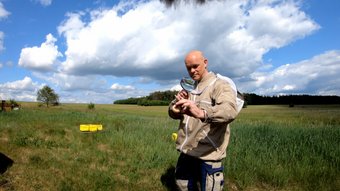
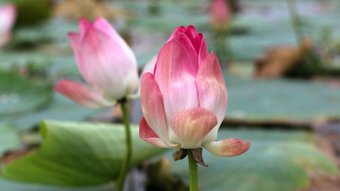
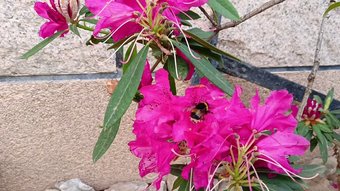

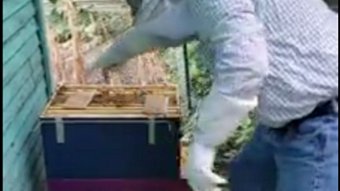
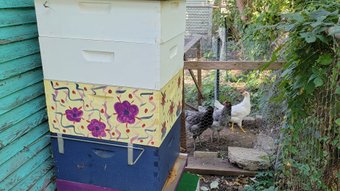

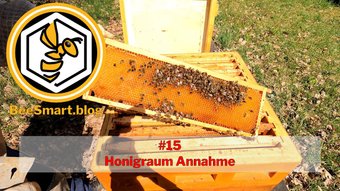



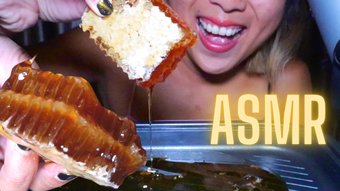
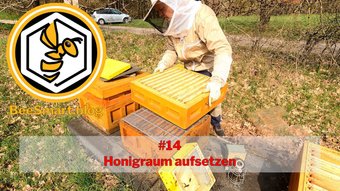
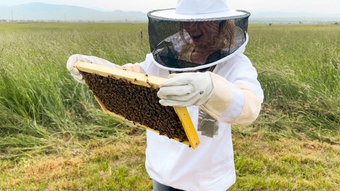



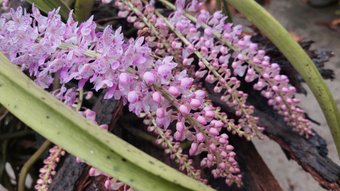
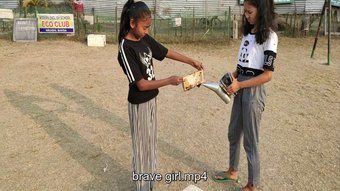
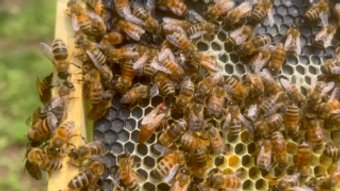

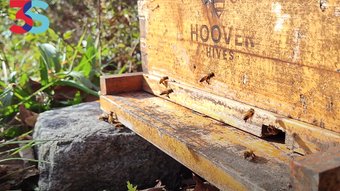
Comments:
Reply:
To comment on this video please connect a HIVE account to your profile: Connect HIVE Account